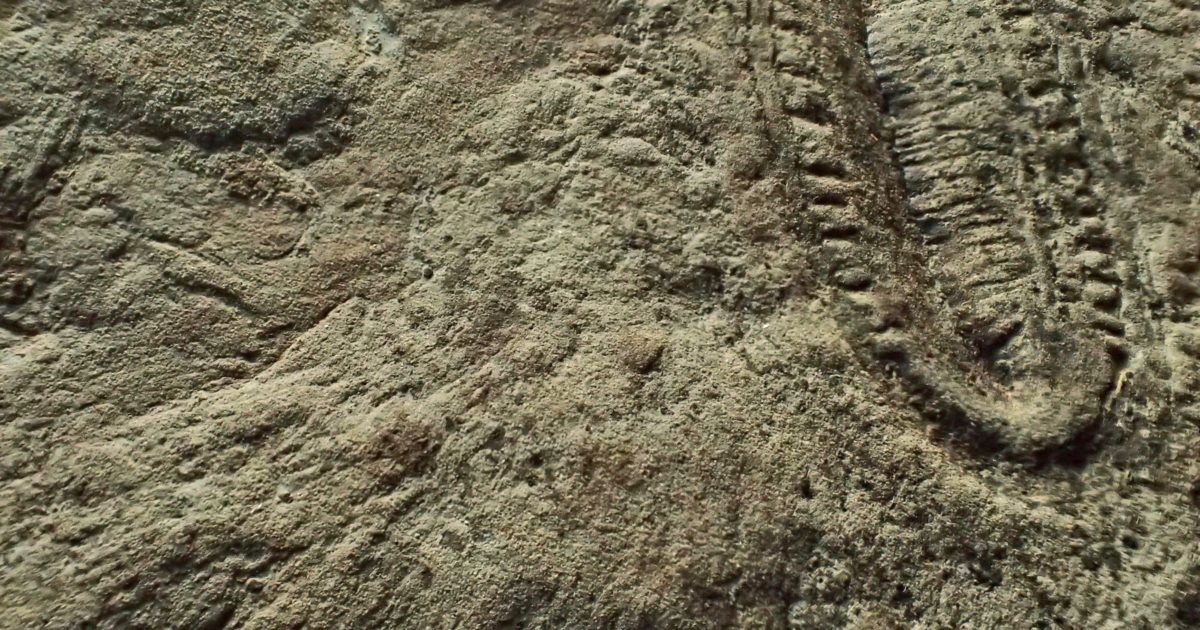
Günter Bechly

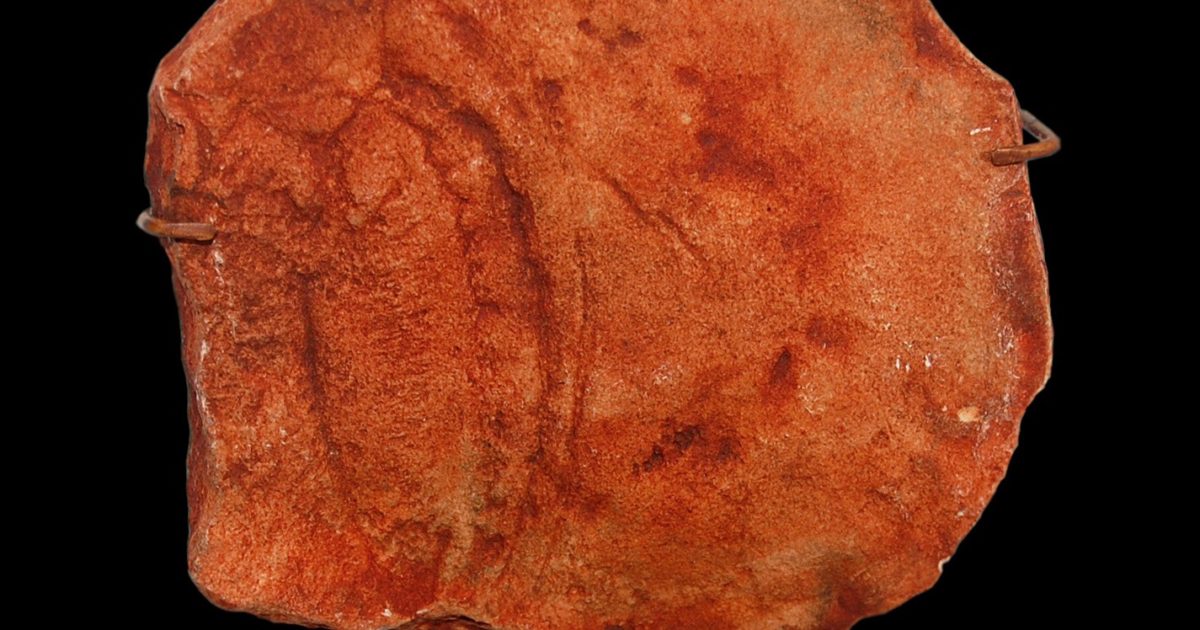
Reconstructing Kimberella — The Disputed Anatomy in Detail
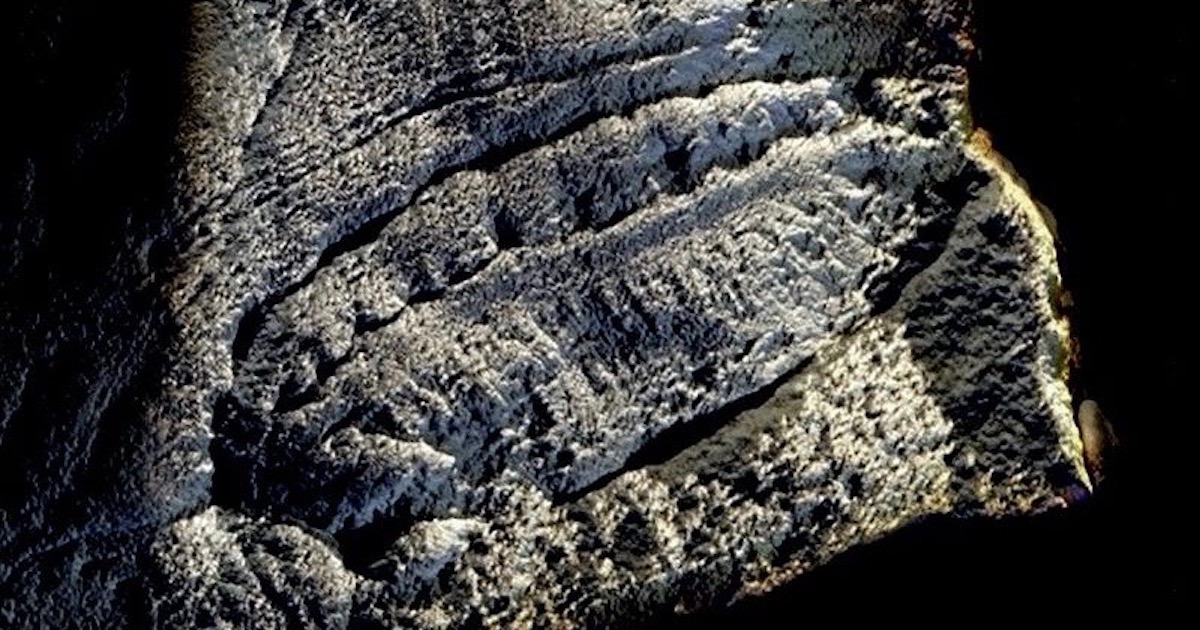
Kimberella — Four Phases of Interpretation
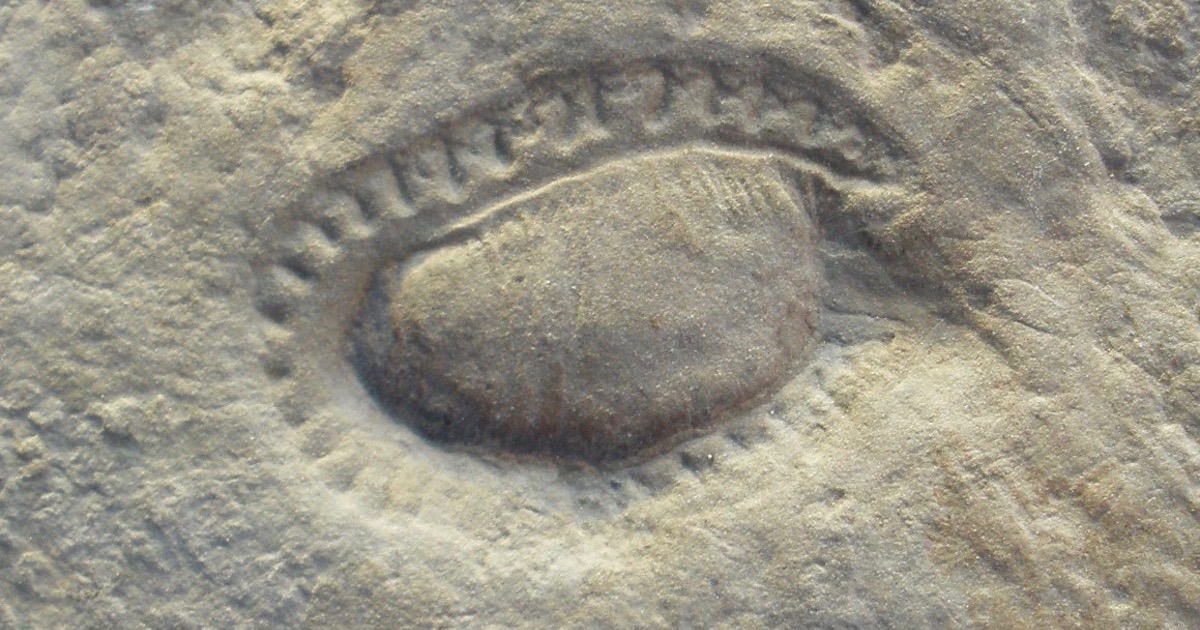
Kimberella — Interpreting the Fossils

Kimberella — Conflicting Evidence from Taphonomy

Conflicting Views about Kimberella’s Ecology
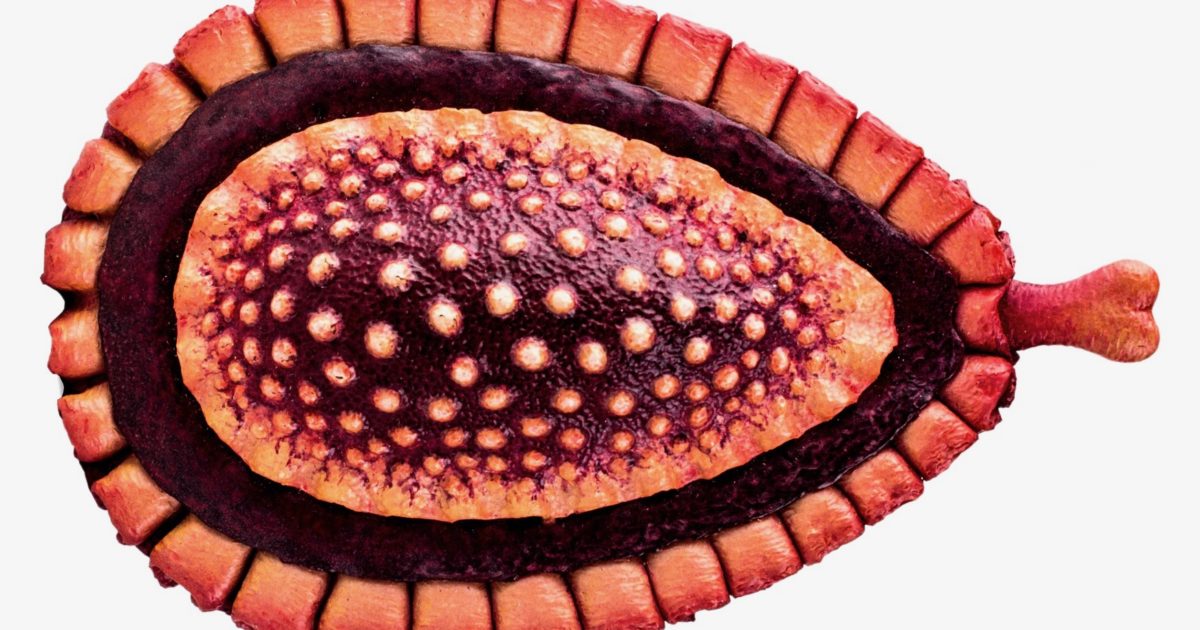
Kimberella — A Checkered History
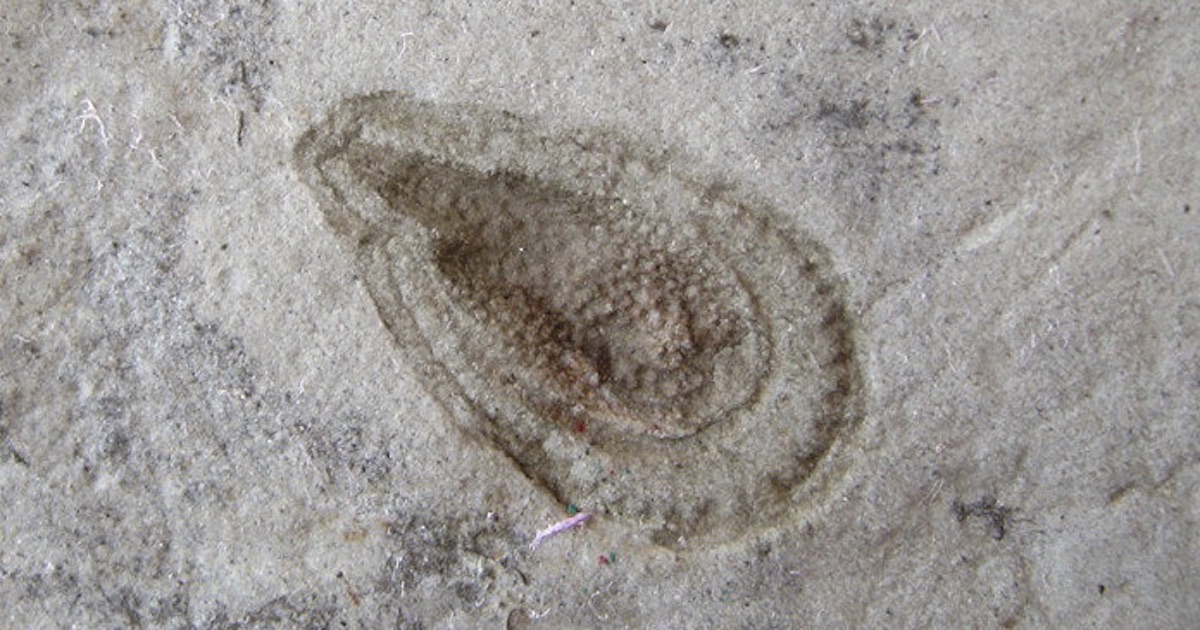
Was Kimberella a Precambrian Mollusk?
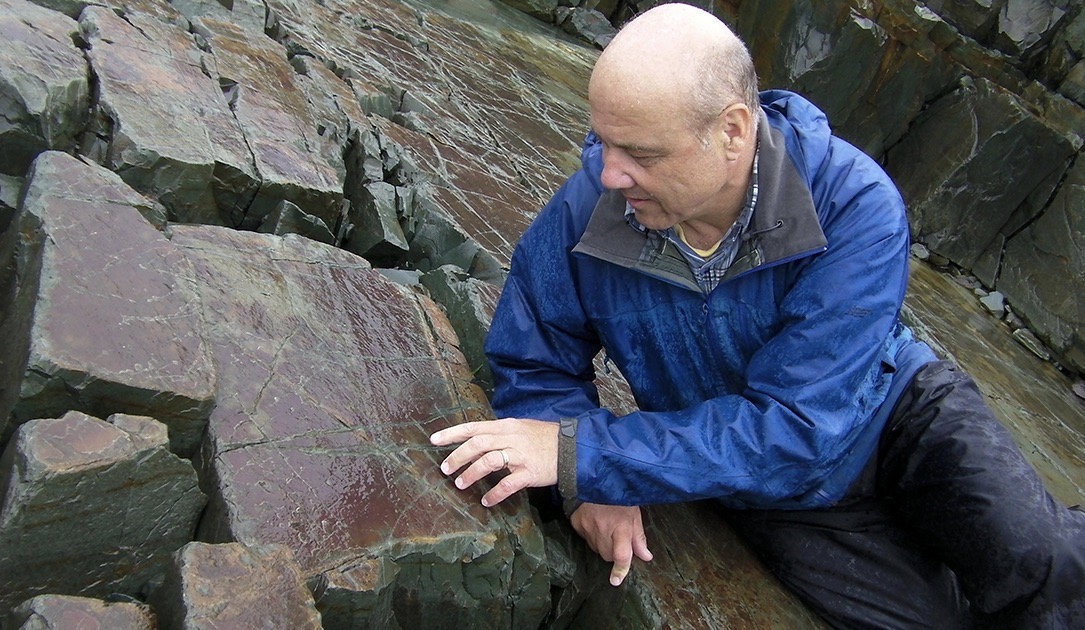
Namacalathus, Alleged Ediacaran “Animal,” Fails to Refute Abrupt Cambrian Explosion






































